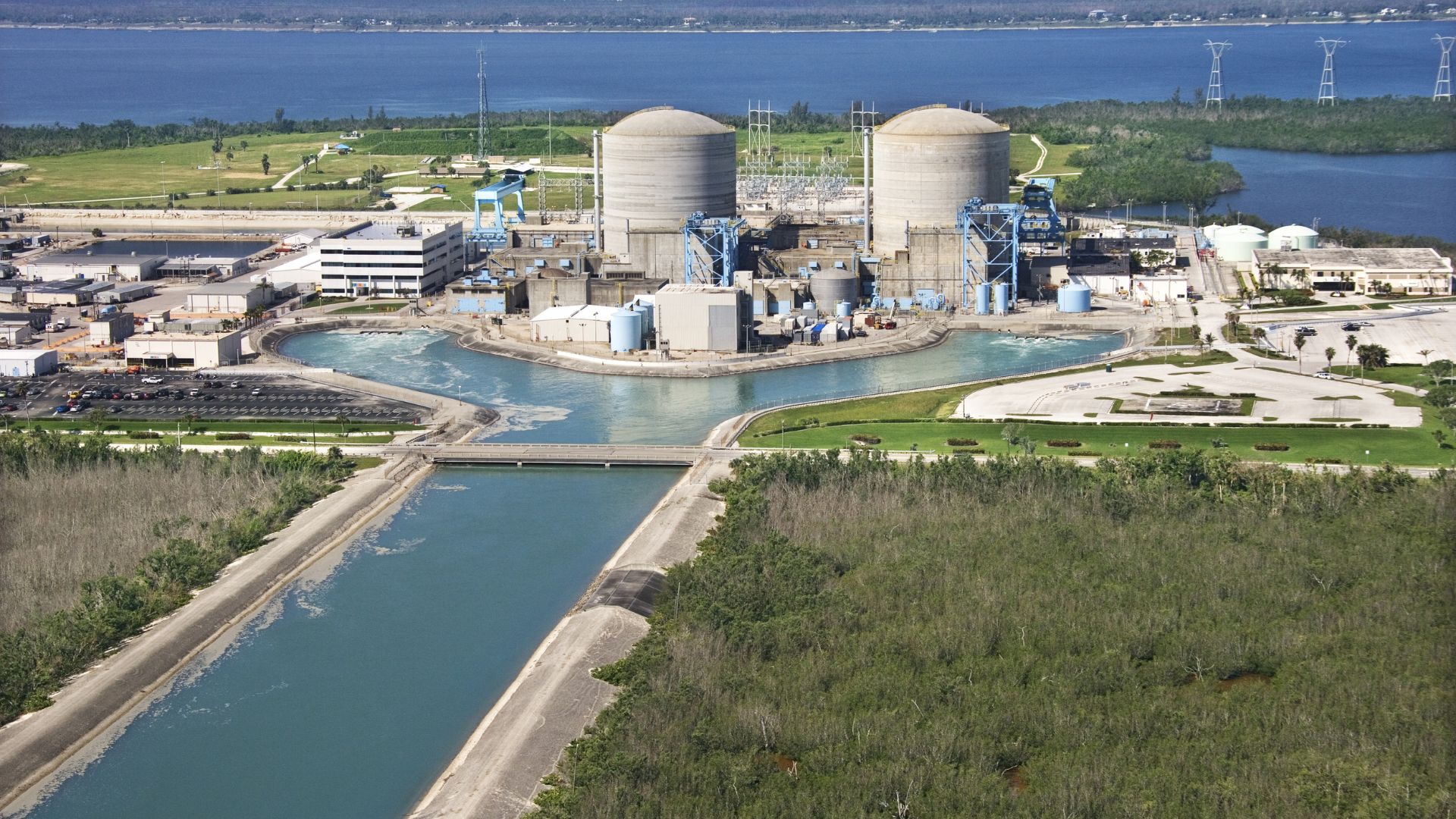Water management is pivotal for the smooth operation of power generation facilities, impacting efficiency, sustainability, and adherence to discharge regulations. Recent technological strides have spurred inventive solutions to tackle persistent challenges like algae proliferation, which can lead to issues such as increased Total Suspended Solids (TSS), biofilm buildup, and pH fluctuations. Algae can increase the pH levels in water, which poses challenges for power facilities, particularly in terms of discharge permitting. Algal-driven photosynthesis consumes carbon dioxide and produces oxygen, reducing the carbonic acid concentration in the water and leading to a rise in pH. Elevated pH levels can disrupt the chemical balance of aquatic ecosystems and exceed regulatory limits for industrial discharges. For power facilities, maintaining compliance can become difficult.

Among these advancements in water quality management, LG Sonic’s MPC-Buoy systems have emerged as a frontrunner. These solar-powered buoys are designed to reduce algae growth by harnessing interactive, low-power ultrasound and provide real-time water quality monitoring for accurate detection. This progressive and eco-conscious technology has ushered in a new era of water management practices within power generation facilities, with successful deployments evident across the world. By using LG Sonic’s MPC-Buoy to control algae growth, facilities can stabilize pH, making it easier to comply with discharge regulations. Unlike treatments with copper sulfate or sulfuric acid, this method does not degrade water quality.
The Power of Ultrasonic Technology
Ultrasonic systems, such as LG Sonic’s MPC-Buoy and Industrial Wet Systems, utilize low-frequency ultrasound to disrupt the growth and proliferation of algae. By emitting specific frequencies tailored to impact algal buoyancy regulation, LG Sonic’s MPC-Buoy systems create a sound barrier in the water, effectively inhibiting the vertical movement of algae. This disruption limits the algae’s access to sunlight necessary for photosynthesis, leading to their reduction and elimination. What sets these systems apart is their adaptability and precision, allowing for remote monitoring and frequency adjustment based on real-time water quality conditions.

At Sellafield nuclear power plant in the UK, the installation of LG Sonic Industrial Wet systems resulted in a significant improvement in water visibility within storage ponds. The reduction in blue-green algae and chlorophyll levels not only enhanced operational efficiency but also supported environmental conservation efforts in this sensitive area. “During late May and June 2018, the pond visibility had noticeably improved with significant reduction in blue-green algae and chlorophyll measured,” stated a Sellafield technical engineer.
Similarly, at Termosol power generation facilities in western Spain were experiencing issues with algal growth. To find a solution, a study was conducted in which multiple treatment options were evaluated. Given that the pond is in a protected area for birds, chemical treatment was immediately rejected. The LG Sonic MPC-Buoy out-qualified other technologies based on a few criteria: remote operation, ability to control a broad range of algal groups, safety for aquatic life, and continuous water quality monitoring with integrated online software. The technology reduced algae levels by 90% and turbidity by 95%, preventing biofilm formation and maintaining uninterrupted electricity generation. This ecological solution not only met regulatory standards but also optimized operational costs and resource utilization.
In Northwest Indiana, NIPSCO’s R.M. Schahfer Generating Station achieved regulatory compliance with NPDES regulations by deploying MPC-Buoy systems to reduce Total Suspended Solids (TSS) levels in discharged water. The clarity and quality of discharged water improved significantly, mitigating environmental impact and operational risks associated with non-compliance.
Algaecide use was reduced by 25%, and algal growth was reduced by 65% with a ROI of 2 years. Since the installation of five MPC-Buoy systems in 2019, TSS levels remain at lower levels than 3ppm. “I don’t think I have seen TSS higher than 3ppm and it usually is below 2ppm. Water is very clear,” said Brian Snyder, Senior Chemical and Environmental Specialist.
In the Midwest Region of the United States, a nuclear power facility installed 12 MPC-Buoys in a cooling pond to regulate pH levels and achieve compliance with discharge regulations. Previously, the facility relied on sulfuric acid, which was expensive and negatively affected water quality. Within one year, the MPC-Buoys not only eliminated the need for sulfuric acid treatments but also resulted in cost savings of $300,000. This approach enabled the facility to maintain compliance with environmental discharge requirements effectively.
Looking Ahead
These success stories underscore the impact of LG Sonic’s ultrasonic technology in industrial water management. By effectively controlling algae growth and improving water quality, these systems contribute to operational efficiency, regulatory compliance, and environmental stewardship. As industries continue to prioritize sustainability and efficiency, the adoption of innovative technologies like LG Sonic’s ultrasonic systems offer promising opportunities for achieving these objectives, including the reduction of greenhouse gas emissions, as algae have been found to release methane.
The integration of ultrasonic technology into water management practices has proven to be a game-changer for power generation facilities worldwide. By harnessing the power of LG Sonic’s interactive, low-frequency ultrasound, these systems provide a sustainable and effective solution to combat algae growth and enhance water quality. As we look ahead, continued innovation and collaboration will be key in further advancing water management practices and ensuring a sustainable future.
